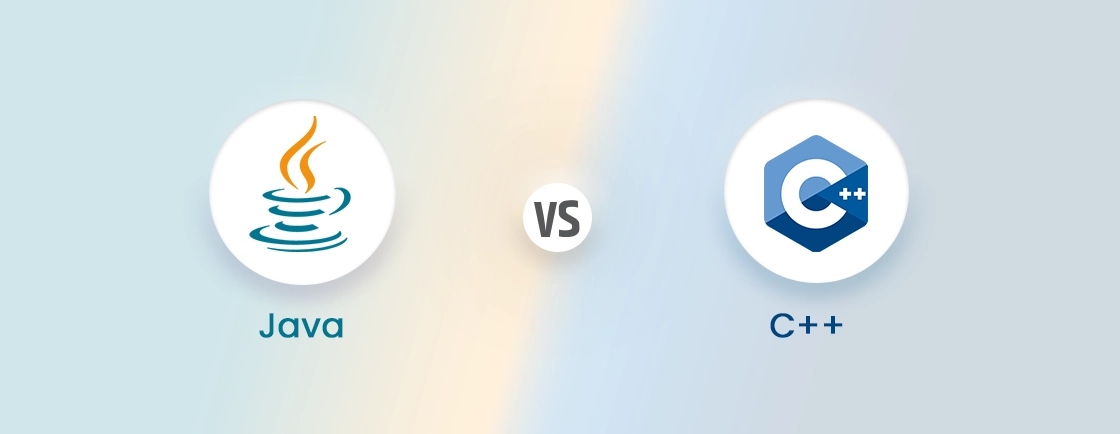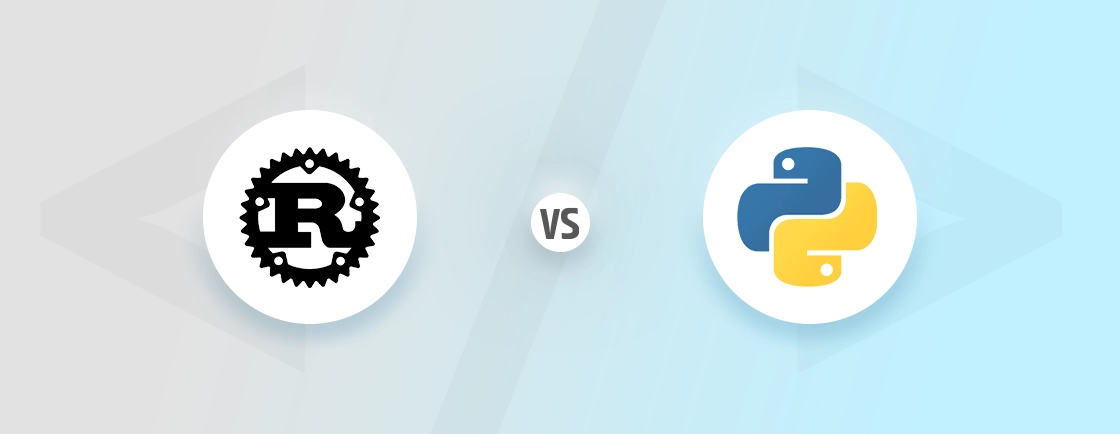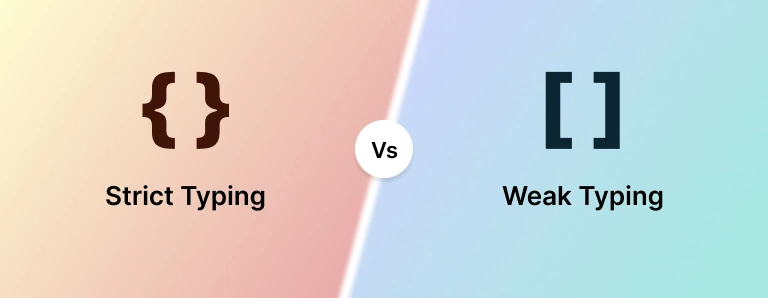Table of Contents
Angular, a powerful JavaScript framework, has seen significant change with its recent releases. With each new version comes a host of enhancements, from performance optimizations to innovative features. However, the rapid pace of development can often leave developers wondering: “Which version is right for my project?”
Choosing between Angular 17, 18, and 19 can be a complex task. Therefore, in this blog, we’ll dive into the key comparison between the three versions of Angular. We’ll explore each version of Angular and know their key features. Additionally, we’ll help you learn how AngularJS experts update the version for their project. So, let’s dive in!
Comparison Table of Angular Versions: Angular 17 Vs. 18 Vs. 19
Here’s a detailed difference table comparing Angular versions 17, 18, and 19 based on various aspects:
| Aspect | Angular v17 | Angular v18 | Angular v19 |
|---|---|---|---|
| Release Date | November 8, 2023 | May 22, 2024 | November 19, 2024 |
| Performance | Introduction of Signals for optimized reactivity. | Refinement of Signals for better runtime performance. | Advanced optimizations for scaling large apps. |
| New Components | Signal-based components for simplified state updates. | Modernized APIs and additional helper utilities. | Focus on reusable components with integrated tooling. |
| CLI Enhancements | Streamlined project configurations and faster builds. | Support for newer templates and dependency upgrades. | AI-driven suggestions for CLI commands (expected). |
| Deprecations | Deprecation of older RxJS patternsAngular | Further deprecation of legacy APIsAngular | Likely to phase out legacy state management practices. |
| Breaking Changes | Minor changes in legacy input bindings. | Adjustments to Signals API implementations. | Possible changes to routing and state patterns. |
| Build Optimizations | Improved lazy loading and build speeds. | Enhanced tree-shaking and bundling techniques. | Automated build testing tools. |
| Security Enhancements | Better protection against XSS and injection attacks. | Advanced tooling for app vulnerability detection. | Expected native integration with third-party scanners. |
| Third-Party Integrations | Improved compatibility with external libraries. | Broader integrations for CI/CD systems. | Enhanced native plugins for analytics and SEO. |
Angular 17
Angular 17, released in November 2023, brings several updates aimed at simplifying the development process and improving performance. This version introduced the Signals API, a groundbreaking addition aimed at improving reactivity and simplifying state management. Angular 17 also refined tooling, offering developers more streamlined workflows and enhanced debugging capabilities.
Key Features of Angular 17
- Signals API: A new reactive model that enhances performance and predictability.
- Build Improvements: Faster builds with enhanced tree-shaking and optimized output.
- CLI Updates: Simplified configurations and improved dependency handling.
- Deprecation Management: Phased out some older RxJS patterns for better consistency.
- Material UI Enhancements: Integration with the latest Material Design updates.
Angular 18
Angular 18, which was released in May 2024, builds on the foundation laid by Angular 17. Angular 18 focuses on stabilizing new features and refining the Signals API. This version also enhances performance metrics for larger-scale applications, making it an excellent choice for enterprise use. Angular 18 expands developer tools, offering broader compatibility with third-party libraries.
Key Features of Angular 18
- Enhanced Signals API: Refinements to improve ease of adoption and performance.
- Developer Tools: Updates to CLI for broader CI/CD system integration.
- Advanced Build Optimizations: Faster and more predictable application builds.
- Expanded Documentation: Improved guides for implementing new features.
- Security Enhancements: New tools for proactive vulnerability management.
Angular 19
Angular 19, released in November 2024, solidifies Angular’s position as the premier framework for large-scale applications. This version introduces enhancements such as stricter standalone modes, unused import detection, and more comprehensive reactivity improvements.
Key Features of Angular 19
- AI-Driven CLI Enhancements: Smart recommendations and automation for command-line operations.
- Scalable Components: New tools for creating highly reusable and scalable components.
- Build System Improvements: Automation in testing and bundling for complex projects.
- Third-Party Plugins: Enhanced support for analytics and SEO tools.
- Future-Proofing Features: Integration with WebAssembly for high-performance tasks.
Each version progressively refines Angular’s functionality, enhancing developer experience and application performance. If you are finding it complex to build a customized website, consider getting in touch with a AngularJS development company.
How to Update the Latest Version of Angular?
Updating Angular to the latest version is crucial for maintaining security, performance, and accessing new features. Here is the process of updating Angular, ensuring a smooth transition with minimal disruptions.
Step 1: Check the Current Angular Version
Before updating, it’s important to know which version of Angular your project is currently using. You can easily check the version with the following command:
ng --version
This step helps you assess whether you need to upgrade to the latest stable version or if incremental updates are required. It also ensures you’re working with the correct environment before beginning the update.
Step 2: Update Angular CLI Globally
The Angular CLI is the tool you’ll use for managing your Angular projects. To update the global Angular CLI version, run the following command:
npm install -g @angular/cli
Updating the global Angular CLI ensures that you’re using the latest version, which can help in creating and managing Angular projects more efficiently. This step is vital because an outdated CLI may not be compatible with the newest Angular features.
Step 3: Update Angular CLI Locally
Now, update the local version of Angular CLI within your project directory by running:
npm install @angular/cli
The above command updates the Angular CLI to the latest version locally. It will ensure that the project is aligned with the latest tooling and capabilities provided by Angular.
Step 4: Run Update for Your Project
Angular CLI provides an update command that automatically handles many of the dependencies and package updates. To update your project, simply run:
ng update @angular/core @angular/cli
The above command updates the core Angular packages and Angular CLI, ensuring that your project uses the latest version and dependencies.
Step 5: Update Other Dependencies
Angular projects may have third-party dependencies that also need to be updated to ensure compatibility with the latest Angular version. Run the following to check and update these dependencies:
ng update
Here we ensured that all other packages related to Angular are compatible with the updated core packages. It will help you prevent conflicts or issues during development.
Step 6: Test the Application After the Update
Once the update is complete, run your Angular application locally and perform testing to ensure everything works as expected. Use the following command to start your application:
ng serve
Running this command ensures the update didn’t introduce any breaking changes or issues into your application.
Following these steps ensures that you can efficiently update your Angular projects while minimizing risks. By using Angular’s built-in tools and CLI commands, you can make the update process simple and take full advantage of the latest features and improvements.
Wrapping Up
Choosing between Angular 17, 18, and 19 depends on your project’s needs.
- Angular 17 enhances performance and integrates better with TypeScript 5.6.
- Angular 18 introduces powerful reactive programming tools like Signal APIs and improves server-side rendering.
- Angular 19 builds on features of v17 and v18 with stricter component modularization and better overall stability.
Each version brings unique advancements, so understanding their differences can help you make an informed decision for building fast and scalable websites. If you are looking to build a dynamic website with high performance, hire AngularJS developers with us today!
FAQs on Comparison Between Angular 17 vs 18 vs 19
What are the differences between Angular 17 and Angular 18?
Angular 18 builds upon Angular 17 by refining the Signals API for improved reactivity and runtime performance. It introduces better build tools, advanced CLI templates, and enhanced accessibility features, whereas Angular 17 focused on foundational updates like Signals and Material Design 3 integration.
Which Node version is required for Angular 18?
Angular 18 requires Node.js 18 or later to ensure compatibility with its build tools and features, aligning with modern JavaScript standards.
Is Angular 18 stable or not?
Yes, Angular 18 is stable and has undergone rigorous testing. Its features, such as the refined Signals API and optimized CLI, have been well-received by the developer community for enterprise-grade applications.
Compare the best tech side by side.
Our in-depth comparisons help you see features, pros & cons, and choose the right tools confidently.





